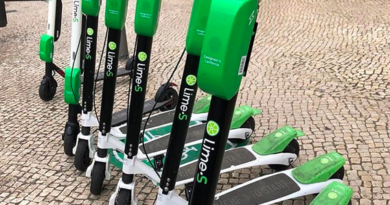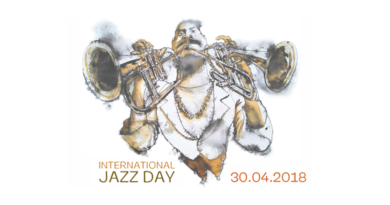Islam, it’s also our history!
Categories: Exhibition / Museums and art centers
Date: 15/09/2017 to 21/01/2018
Time: 9 h 30 - 18 h 00
Location: Vanderborght Batiment
Links: iCal - Google Calendar
Discover a civilisation exhibition from September 15th. 2017 until January 21th. 2018 in Vanderborght building (Brussels)
In the European imagination, both Muslim and non-Muslim, there is a stubbornly rooted idea that the Muslim presence on European soil is a late import, dating from the waves of immigration of the second half of the twentieth century. This results in another preconceived notion: that these two civilisations, Europe and Islam, are fundamentally foreign to one another, and condemned by the vicissitudes of history to coexist uneasily with one another.
The exhibition Islam, its also our History shows that this is completely wrong. Far from being a recent presence, Islam has never been absent from Europe and European civilisation since it first burst onto the stage of history.
The Muslims arrived in the Western part of the Mediterranean in the eighth century with the conquest of the Iberian Peninsula, where they remained for seven centuries. By the time that the fall of Granada in 1492 brought an end to the Muslim presence in the West of the continent, the Turks had already been well established for over a century in the East, in the Balkans, which they incorporated into a vast empire. Just as there is a North African Islam, a Turkish Islam, an African Islam, an Indo-Pakistani Islam, an Arabic Islam and an Indonesian Islam, so too there was – and still is today – a specifically European Islam.
So can we talk of two civilisations that are foreign to one another? No, Europe and Islam are two civilisations which have sometimes been in conflict with one another, to be sure, but which come from a common spiritual and intellectual core, tracing the same scriptural origins and claiming the same philosophical heritage. The twelve-century story of their involvement with one another has been violent at times, peaceful at other times, but always rich in mutual influences. Without their encounter, neither Europe nor Islam would be what they are today.
Amid the flow and ebb of territorial advances and retreats over the centuries, this exhibition revisits this history, which, for better or for worse, is our common heritage and in which we all play a part.
Islam, it’s also our History! is a civilisation exhibition.
Though relatively rare in Europe, where large collections and a strong and venerable tradition have always favoured art exhibitions, the civilisation exhibition is nonetheless a powerful cultural tool. It has the advantage of drawing in tens of thousands of visitors. It is a spectacle that can unfold over a fairly long period, appeal to the intelligence and sensitivity of a large audience, and, by operating on all levels of communication, simultaneously address all social classes, all ages and all levels of education. It alone has the potential to be of interest to university professors, college students, business people and mothers alike. As such, the civilisation exhibition creates social ties and imparts meaning to them through culture.
A well-designed civilisation exhibition breaks down barriers between different fields of cultural activity and in so doing broadens the horizons of those who habitually consume them. It throws light on contemporary political questions through history, science, art, or even, as we have uniquely experienced, through theatre. It integrates different kinds of knowledge contributed by different disciplines, blending them into a harmonious whole. While such a dialogue may not generate scientific knowledge – an exhibition will never replace a book or a scientific article – it is a powerful producer of understanding and curiosity.
In a world disoriented by the globalisation of commerce and the explosion of communication technologies, the civilisation exhibition conveys a humanist message. It restores humans to their rightful place at the heart of human concerns.
Finally, the kind of civilisation exhibition we have in mind must necessarily have a European dimension, for two reasons: because the chosen themes are never confined to the particularity of one nation, and because this will be a travelling exhibition.



